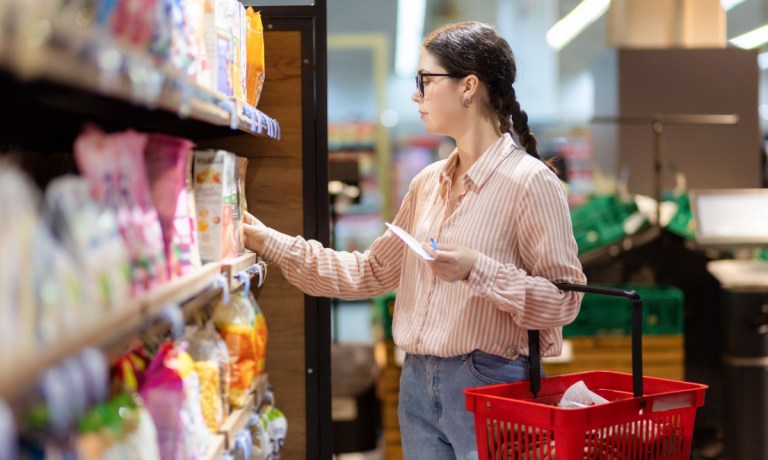Things may get better over the longer term, but right now things are tough.
To that end, the University of Michigan’s Consumer Sentiment Index, gauging the overall mindset on everything from politics to inflation, was higher for the month of August thus far — just a bit.
But that’s over the longer term — the outlook on current economic conditions was actually lower in the latest reading.
The headline stat here in the preliminary August reading is that the index, overall, came in at 67.6, which is higher than the 66.4 logged in July. We’re a far cry from the nadir of 50 seen a little over two years ago. But we’re also underwater, so to speak, from the higher-than-100 readings that had been in place since before the pandemic.
The view on current conditions slipped to 60.9 this month, where it had been 62.7 in the previous month. We’ve not been at these levels since the end of 2022. As to expectations about the future, the 72.1 tally is the highest level since 68.8 in April.
All of this is shorthand to state that the future looks slightly brighter, the here and now less so. Much was made in the university’s latest release on the fact that the presidential election is a newly-shook-up contest; election developments, per the release, tend to influence future expectations.
Advertisement: Scroll to Continue
Eyeing Inflation, as Always
At least some of those expectations, as to what’s in front of us and what’s to come, hinge on inflation. The data show that, as the release stated, “Year-ahead inflation expectations came in at 2.9% for the second straight month. These expectations ranged between 2.3 to 3.0% in the two years prior to the pandemic. Long-run inflation expectations came in at 3.0%, unchanged from that last five months. These expectations remain somewhat elevated relative to the 2.2-2.6% range seen in the two years pre-pandemic.”
The fact that inflation’s still elevated means that consumers are likely gritting their teeth a bit as they endure the current 2.9% pace that they expect, and which, indeed, was the latest official inflation reading seen in July.
We noted this week that Consumer Price Index (CPI) data showed that the overall food category saw prices increase by 0.2% in July, the same pace as in June, while quickening from the flat-to-0.1% gains in the preceding several months.
Inflation Is Sticky for the Essentials
The CPI “food at home” segment, which is a read-across for groceries, was up 0.1% in July and up 1.1% from a year ago. The “food away from home” data, which indicates pricing at restaurants and other establishments, was up 0.2% month on month in July, as the annualized price increases stood at 4.1%. Shelter’s pace of pricing increase remains a key pressure: The 12-month increase was 5.1%, and in July the month-over-month increase was 0.4%, which was a rebound from the 0.2% rate seen in the previous month. July retail sales were reported by the Commerce Department on Thursday, and, unadjusted for inflation, were up 1% in July, well above the consensus estimates for a 0.4% boost.
The preliminary August consumer sentiment report, as noted, factors in the influence of politics; politics can change on a dime, as do political campaigns. If longer term sentiment is predicated on what the polls say, longer term sentiment will be volatile. We spend today based on where we think things (like prices) may be tomorrow. The mixed readings of the latest sentiment report indicate some volatility in that sentiment (and spending) will be in the offing.

